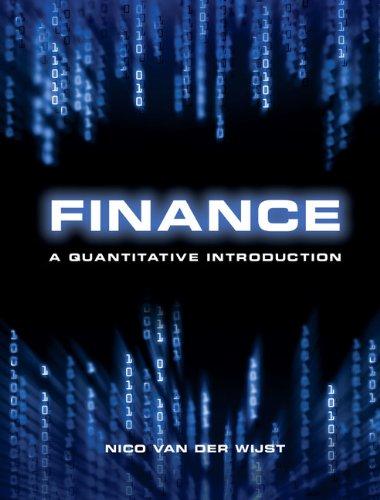
4. This question compares lump-sum taxes to proportional income taxes for financing government spending in our static model without capital. Assume there is a representative household described exactly as in Question 3 with = 0.10. Assume there is a technology for final goods production described exactly as in Question 3. There is a government who may spend G = 15 when z = z[ = 26. The government may finance this by a lump-sum tax, T* = 15 or by a proportional income tax of the household. If the government uses a proportional income tax, according to my calculations, the government can finance this level of spending by imposing a tax at rate t* = 0.1106 or by imposing a tax at rate t* = 0.7903; that is for either rate, t*W*N* = 15. 4.A. (15 points) Complete Table 2. 4.B. (8 points) Provide economic intuition for the direction of change in each of the variables in every row of Table 2 in moving from Column 1 to Column 3. 4.C. (7 points) Using your results from Table 2, rank the three different methods of taxation from best to worse if the government's objective is to maximize household utility. Provide economic intuition for their ranking. Row Table 2: Lump-Sum and Proportional Income Taxation No Taxes Lump-Sum Taxes Proportional Taxes z= 26 Z= 26 z= 26 z = 26 G=0 G= 15 G= 15 G= 15 T* = t* = 0 T* = 15 t* = 0.1106 t* = 0.7903 Variable Column 1 Column 2 Column 3 Column 4 N* 5.60 145.60 C* 130.60 U(C*, l*) + XV(G) 4.02 4. This question compares lump-sum taxes to proportional income taxes for financing government spending in our static model without capital. Assume there is a representative household described exactly as in Question 3 with = 0.10. Assume there is a technology for final goods production described exactly as in Question 3. There is a government who may spend G = 15 when z = z[ = 26. The government may finance this by a lump-sum tax, T* = 15 or by a proportional income tax of the household. If the government uses a proportional income tax, according to my calculations, the government can finance this level of spending by imposing a tax at rate t* = 0.1106 or by imposing a tax at rate t* = 0.7903; that is for either rate, t*W*N* = 15. 4.A. (15 points) Complete Table 2. 4.B. (8 points) Provide economic intuition for the direction of change in each of the variables in every row of Table 2 in moving from Column 1 to Column 3. 4.C. (7 points) Using your results from Table 2, rank the three different methods of taxation from best to worse if the government's objective is to maximize household utility. Provide economic intuition for their ranking. Row Table 2: Lump-Sum and Proportional Income Taxation No Taxes Lump-Sum Taxes Proportional Taxes z= 26 Z= 26 z= 26 z = 26 G=0 G= 15 G= 15 G= 15 T* = t* = 0 T* = 15 t* = 0.1106 t* = 0.7903 Variable Column 1 Column 2 Column 3 Column 4 N* 5.60 145.60 C* 130.60 U(C*, l*) + XV(G) 4.02







